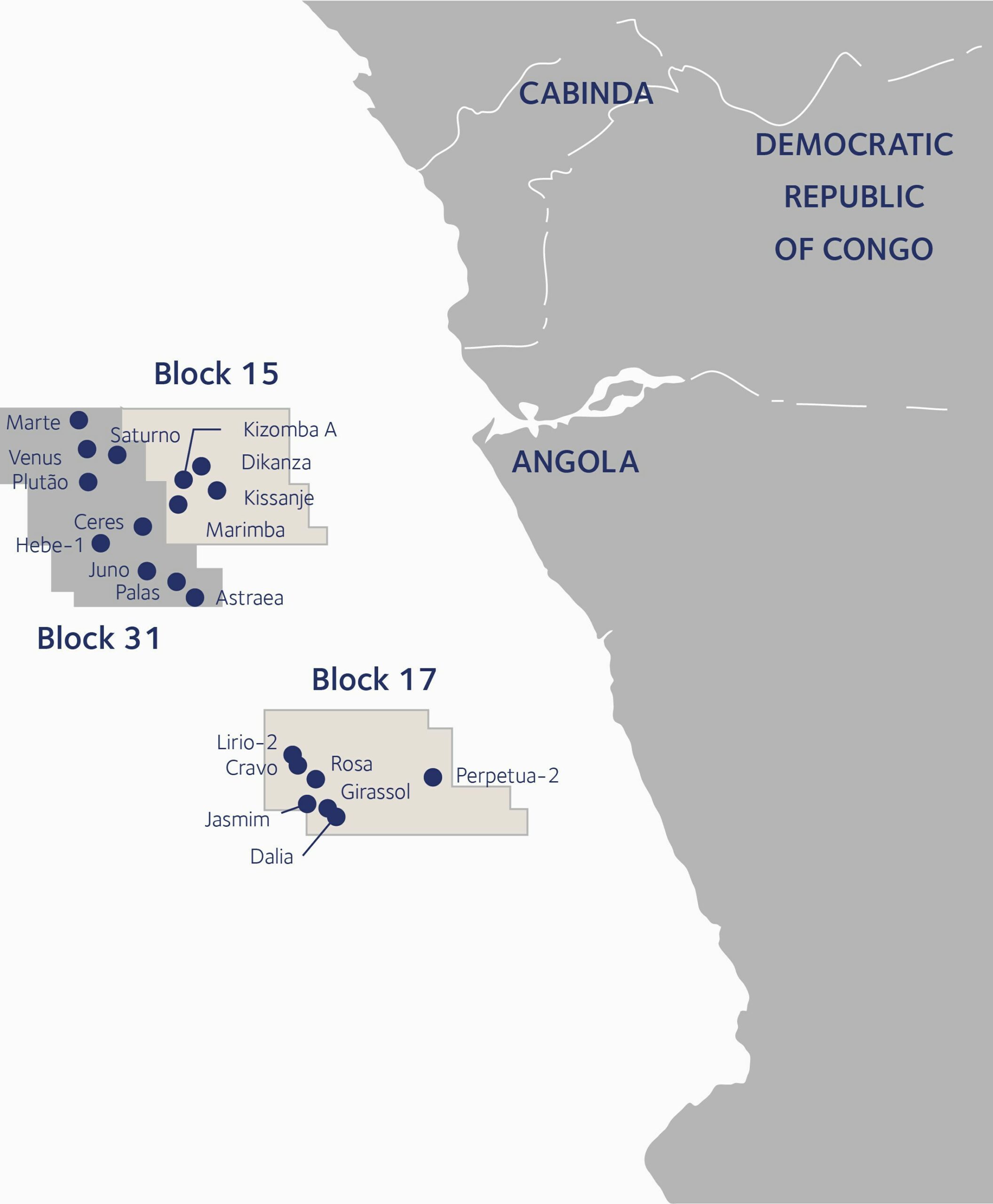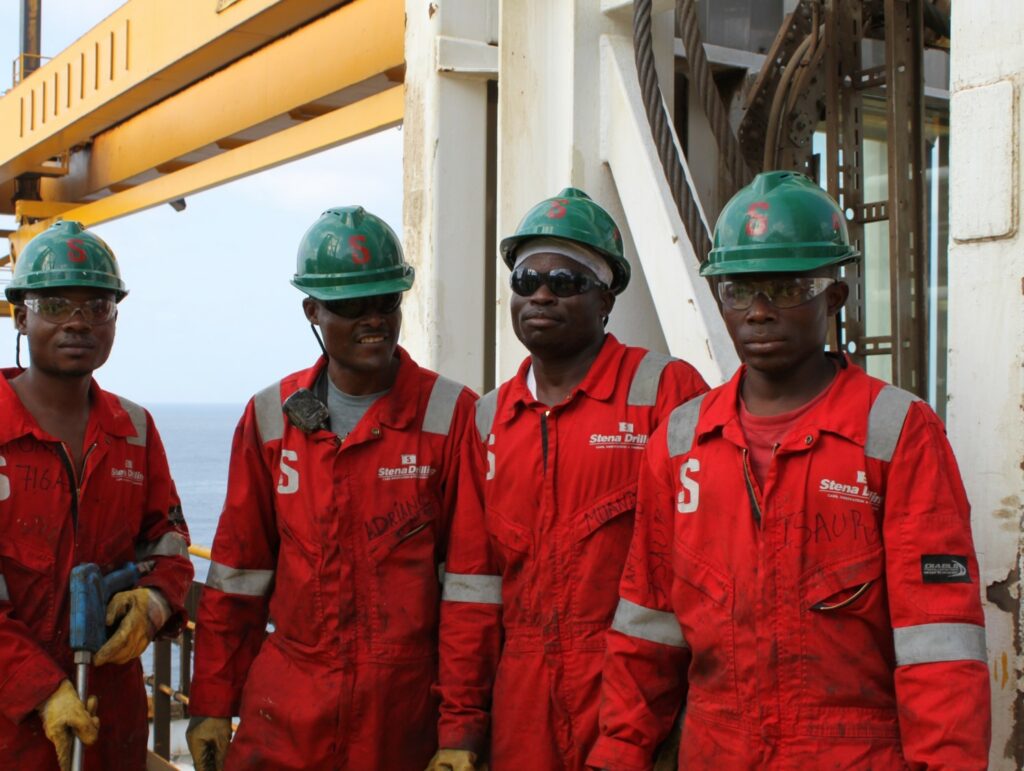Angola – war, corruption and 11 billion dollar

Former Norwegian oil company Saga Petroleum was already involved in the country when Statoil arrived, having appeared in Luanda during the mid-1980s. Norsk Hydro followed, while Statoil and BP turned up in the ex-Portuguese colony in 1993.[REMOVE]Fotnote: Sæbø, Maren. (2010. 25. august). DA Debatt. Et oljeeventyr. Framtida ligger ikke lenger i Nordsjøen, den ligger i Guineabukta.
Angola was then on its way to becoming a major oil nation. But one of Africa’s worst wars was also ravaging the country – with the crude being pumped up helping to fund the slaughter. At the same time, rapidly rising oil prices made the elite in Luanda super-rich, without the rest of the population seeing much of the money. The Angolan oil sector quickly came to be regarded as one of the most corrupt in the world. And this country, which has big diamond deposits in addition to its oil resources, is in reality the poorest and least-developed in Africa.[REMOVE]Fotnote: Tvedten, Inge. (2009). Norges oljemakt. Chr. Michelsen institutt. Newspaper Op-Ed | 2009
Although the Statoil/BP alliance was seeking operatorships in Angolan waters, it only succeeded in securing stakes in various blocks. But substantial discoveries were made in 1996 and 1998 in acreage where the partnership had interests. The problem with these was that they represented relatively costly development projects which would have to be pursued in a country beset with a barbaric war. But the two companies learnt to live with the Angolan civil war.
They initiated a collaboration with Sonangol EP, the state-owned oil company. Established in 1976, the latter was also much more – licence awarder, regulatory authority, and partner for all foreign firms.

Angola ranked as the alliance’s biggest commercial success when the two companies went their separate ways in 1999. The blocks where they had secured substantial holdings proved to contain large quantities of oil.
High income
Statoil/Equinor has retained major interests in the country. Despite war and corruption, Angola has become the company’s most important producer nation after Norway.[REMOVE]Fotnote: https://www.equinor.com/where-we-are/angola
According to figures E24 and Stavanger Aftenblad have obtained from the consulting company Rystad Energy, Equinor has earned around 11 billion dollars, or around 100 billion kroner in Angola until 2020.[REMOVE]Fotnote: E24. 6. desember 2020. Anslår at Equinor har tjent 11 milliarder dollar i Angola.
But in 2016, another matter received a lot of attention in Norway. Released documentation that caused corruption experts to sound the alarm showed that international oil companies were to pay an amount equivalent to several billion kroner in funding to a research centre. The problem was that the centre did not exist, and there was no sign of any real plans to build it. Equinor had transferred 420 million kroner to the research centre and 295 million kroner to non-specific social projects, without the right to access the use of the money. The payments were part of a license award in 2011. The money was to be transferred to Sonangol in annual contributions.

In February 2022, the matter came before the Storting after the Control and Constitution Committee had submitted a recommendation. There, Equinor recognized that they would not enter into such agreements today but insisted that the payments to Angola were legal.[REMOVE]Fotnote: Innst. 386. S (2020-2022) Innstilling fra kontroll- og konstitusjonskomiteen om Riksrevisjonens kontroll med forvaltningen av statens interesser i selskaper 2019. Equinor still does not know where the money has gone.[REMOVE]Fotnote: Anders Fjellberg, Ola Myrset og Eirik Billingsø Elvevold. (2020. 24. januar). E24. https://e24.no/olje-og-energi/i/GGzbMV/equinor-har-betalt-420-millioner-kroner-til-et-forskningssenter-i-angola-som-aldri-er-bygget It is not an easy task to balance economics and ethics in one of the world’s most corrupt countries.
In 2020, Equinor was a partner in eight Angolan offshore producing fields in the Congo Basin on the Angolan continental shelf, which together had a production of around 120,000 barrels of oil equivalent per day. Significant reserves have also been proven. “These untapped fields make Angola an important country for our international growth in the years to come.”[REMOVE]Fotnote: https://www.equinor.com/where-we-are/angola







